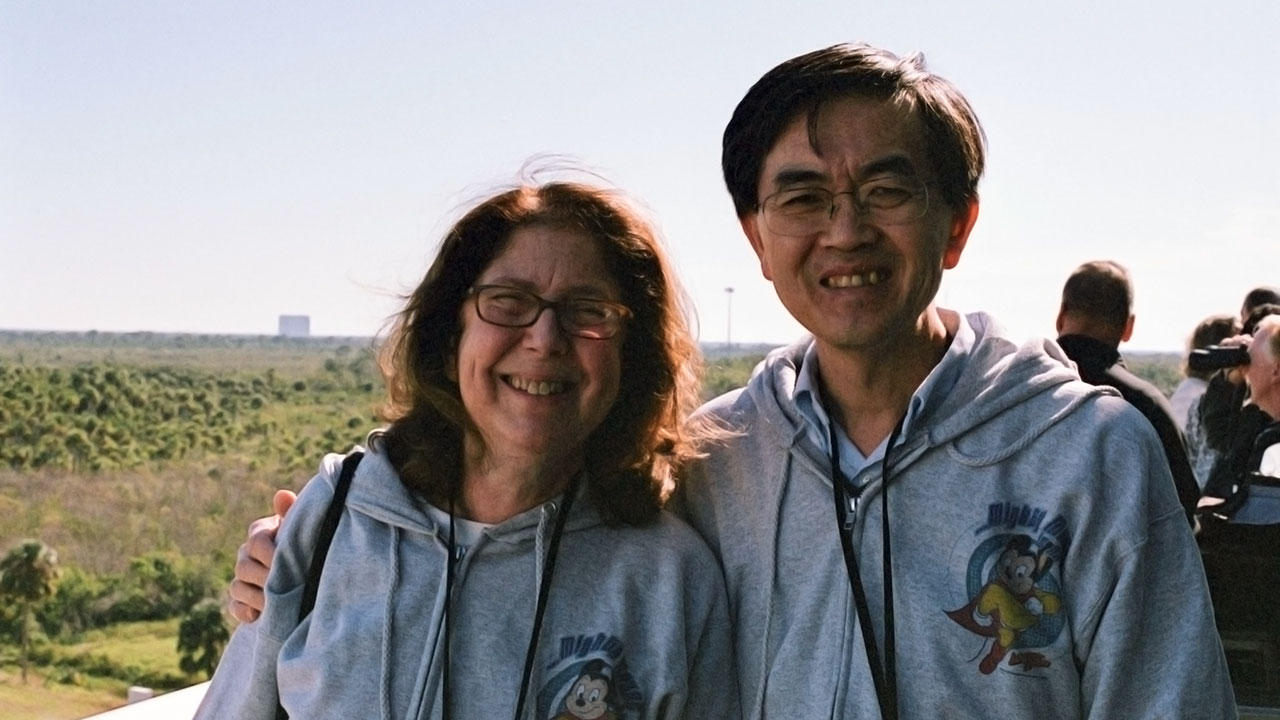Case Study
Treating Bone and Muscle Loss
ISS Research Could Lead to New Therapies for Bone and Muscle Loss
ISS National Lab Opportunity
MicrogravityThe condition of perceived weightlessness created when an object is in free fall, for example when an object is in orbital motion. Microgravity alters many observable phenomena within the physical and life sciences, allowing scientists to study things in ways not possible on Earth. The International Space Station provides access to a persistent microgravity environment. allows scientists to study the mechanisms behind bone and muscle loss in ways not possible on Earth.
The research team found that the proteins myostatin and activin A are involved in regulating bone and muscle loss. Ground studies showed that mice genetically engineered to lack myostatin, which the team called “Mighty Mice,” developed twice the muscle mass of normal mice. The team wanted to test Mighty Mice in space because microgravity accelerates bone and muscle loss. Studies on the ISSInternational Space Station would allow the team to determine whether blocking myostatin and activin A can protect mice from microgravity-induced bone and muscle loss.
Industries:
Pharmaceutical, Medical, Orthopedics
Strategic Focus Area:
Fundamental Science
Research Area:
Bone and Muscle Loss
Institution:
The Jackson Laboratory and the University of Connecticut
IMPACTFUL OUTCOME
Published results showed that blocking the proteins myostatin and activin A provided significant protection from bone and muscle loss in microgravity.
The research team sent 40 female mice to the ISS for one month. Some were normal (or wild-type) mice, some were treated with an agent that inhibits myostatin and Activin A, and some were genetically engineered “Mighty Mice” that lack the myostatin gene. As expected, the wild-type mice lost significant bone and muscle mass while on the ISS. However, the Mighty Mice retained almost all their muscle mass in space. The mice treated with the agent not only did not lose bone and muscle mass but actually experienced a significant increase in both during spaceflight. The findings were published in the journal PNAS.

INVESTIGATORS
Se-Jin Lee
Researcher, The Jackson Laboratory
Emily Germain-Lee
Professor, University of Connecticut

Emily Germain-Lee and Se Jin Lee
The Mighty Mice had extra muscle mass as a result of having a mutation in the myostatin gene and were able to retain most, if not all, of that extra muscle during spaceflight. For many patients with…serious conditions, like cancer and AIDS, muscle wasting is the leading cause of death. Mitigating the amount of muscle mass lost would be game-changing.
– Se-Jin Lee, The Jackson Laboratory

APPLICATION
Findings from the investigation could lead to new treatments for conditions that cause bone and muscle loss.
The results could help researchers develop therapies that prevent bone and muscle loss in astronauts on future long-duration spaceflight missions. The results could also help advance treatments for bone and muscle loss on Earth. Nearly half of adults over 50 are at risk of bone fractures caused by osteoporosis. Many older adults who break a bone end up on extended periods of bed rest, which further weakens bones and muscles. Therapies that target the myostatin and activin A pathways could help people with disuse atrophy—particularly older people and those who are bedridden or use a wheelchair. Such therapies could also treat muscle and bone loss from conditions such as muscular dystrophy, osteoporosis, cancer, heart disease, sepsis, and AIDS.
Note: This content is abridged from an article originally published in Upward,
the official magazine of the ISS National Lab.


